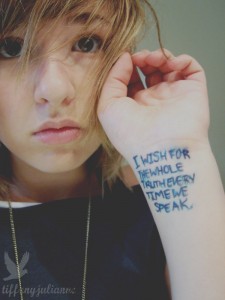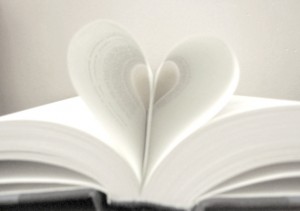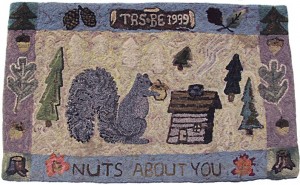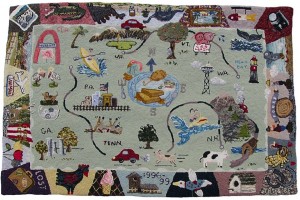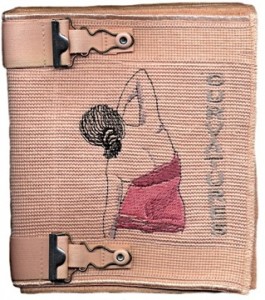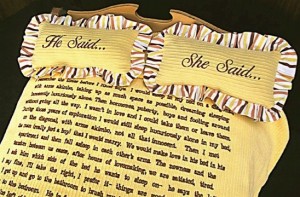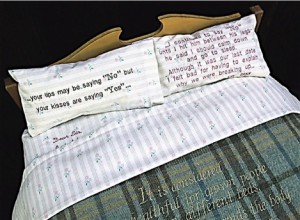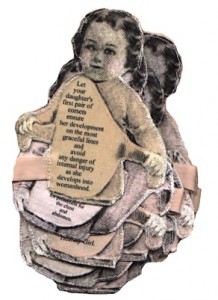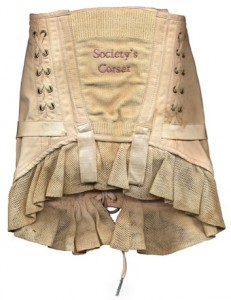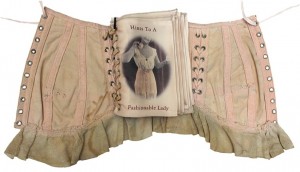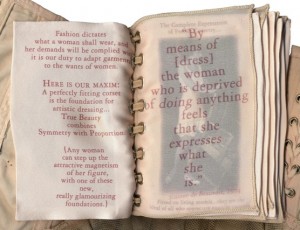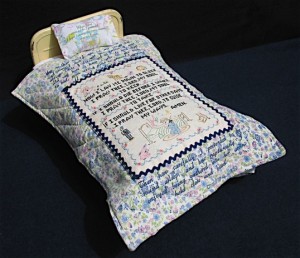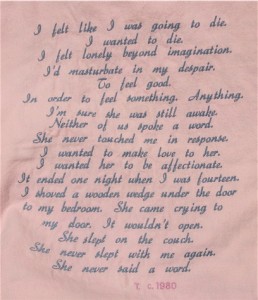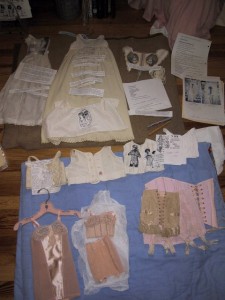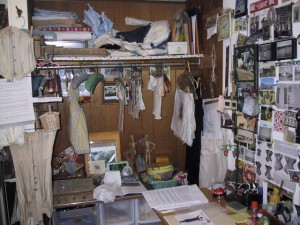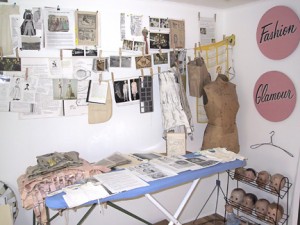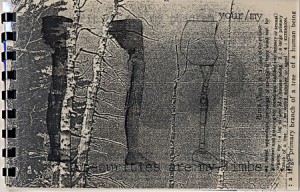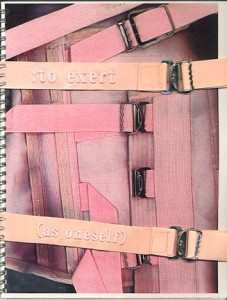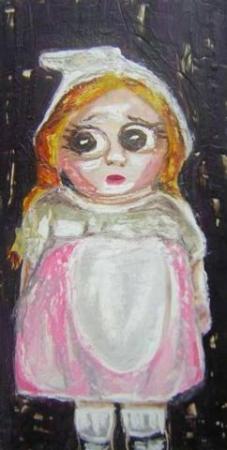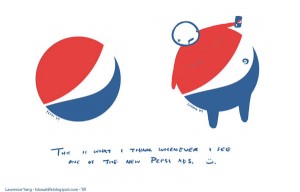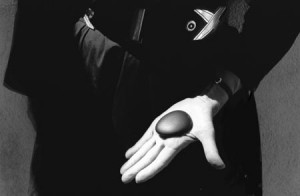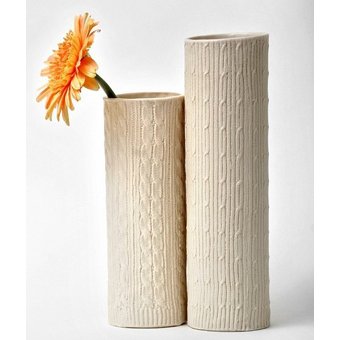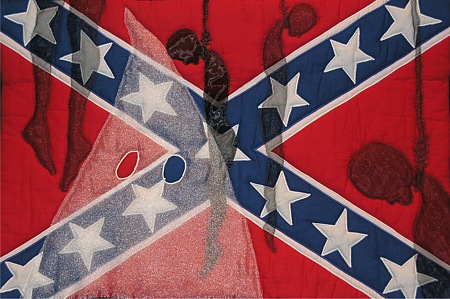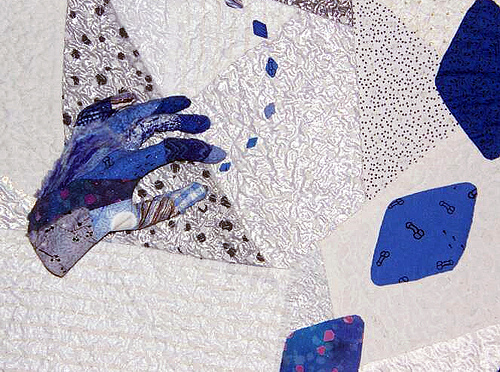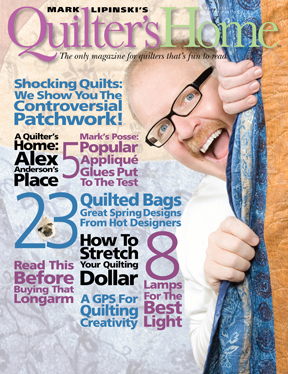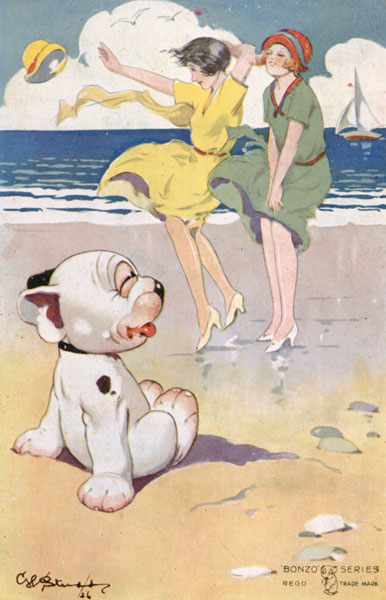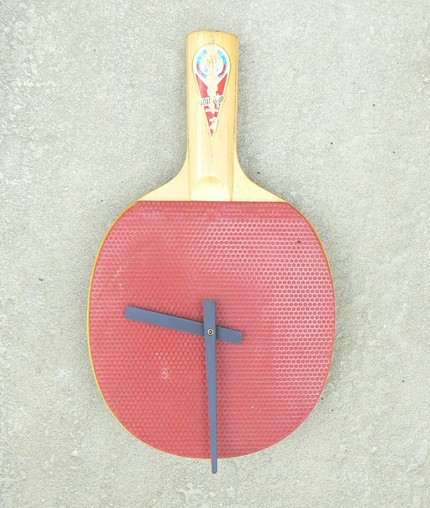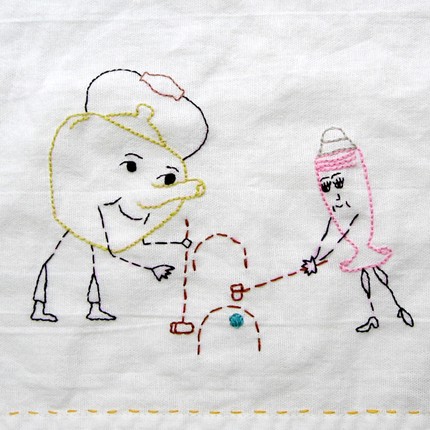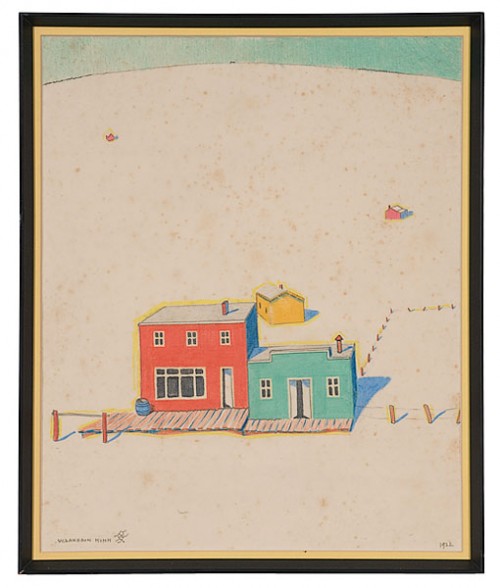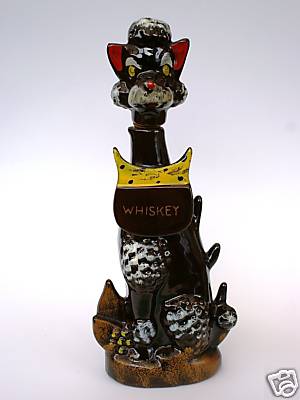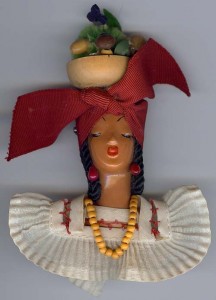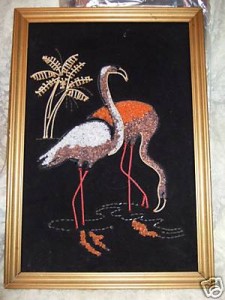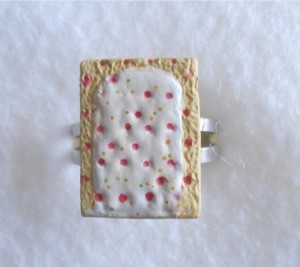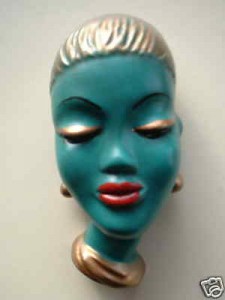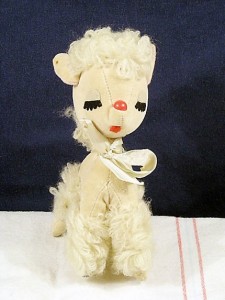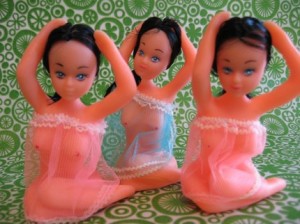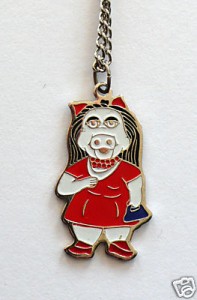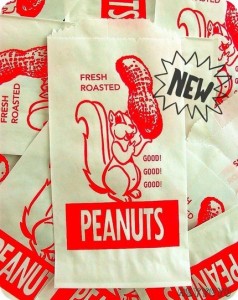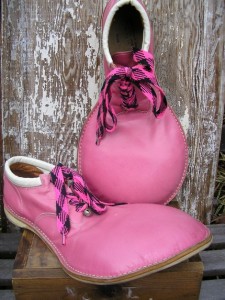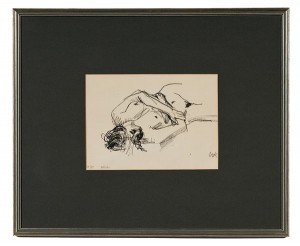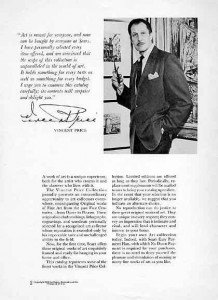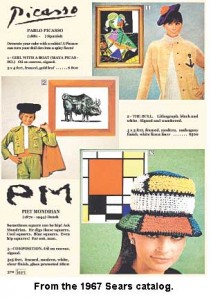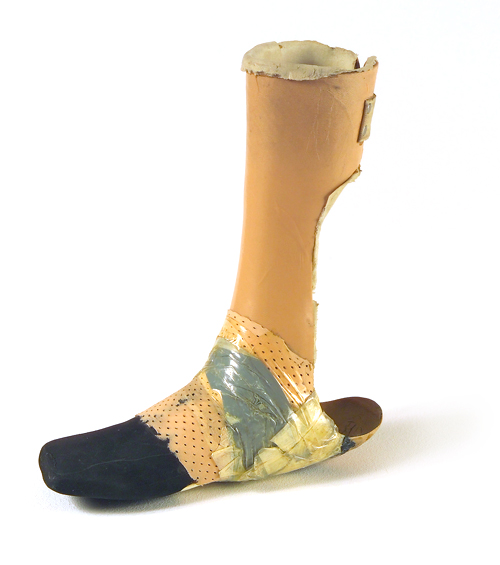Over at Pink Populace Paparazzi Parade Exposé, Alessia (of Relationship Underarm Stick) posted a challenge for all of us to participate in & discuss Amazon’s Best Magazine Covers Contest; these are some of my votes & thoughts.
I might be a lesbian, or at least bi, because I bypassed the obvious beefcake of Matthew Mitcham & Rafael Nadal and voted Angelina’s Vanity Fair Cover as The Sexist Cover.
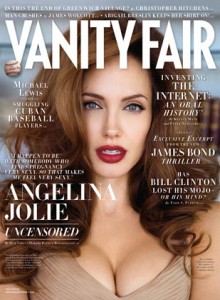
Too bad I also couldn’t vote it Most Delicious Cover too.
But that honor had to go to Bon Appetit (August 2008) — mainly because something had to get the bad taste out of my mouth from the October 2008 cover of The New York Times Upfront featuring some kid biting into a (live?) raw fish head; and I can choke down ice cream in most any circumstances.
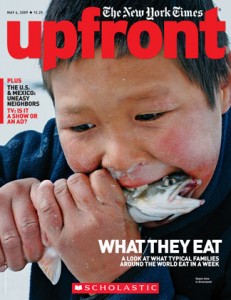
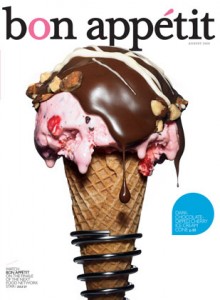
Speaking of stuffing your pie-hole…
The Advocate‘s May 2009 issue illustrating the Porn Panic feature is awesome. I want that as a poster. So it got my vote for Best in News & Business.
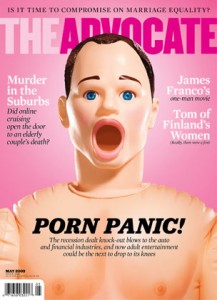
For Best in Fashion & Beauty, I simply couldn’t — wouldn’t — vote for the February 23, 2009 issue of New York. While I’d love to support a cover featuring a completely un-retouched photo of a model, I simply will not support Kate Moss. Won’t my future payments for her methadone treatments be enough?
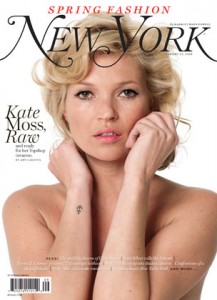
So it was the May 2009 Elle with the submerged Barrymore which got my vote for Best in Fashion & Beauty; because fashion & beauty are both about unrealistic fantasies, and I’m fine with that. (I am not fine, however, with people who contort, mutilate and harm themselves in pursuit of such fantasy — nor with those who wish to impose fantasy as a reality.)
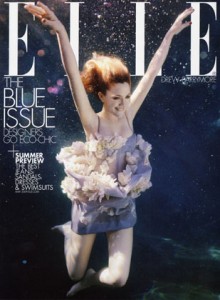
However, I must state that the Elle cover beat the October 2008 cover of W, featuring a delicious Anne Hathaway, by a (long-held) breath.
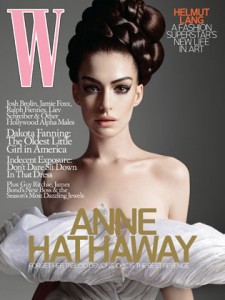
Another close category was Best in Science, Technology & Nature. I was torn between the beauty of Andrew Zuckerman’s portrait of a blue-and-yellow macaw on the cover of the August 2008 issue of Audubon and the effective use of typography on the May 25, 2009 issue of New York.
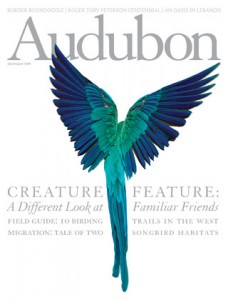
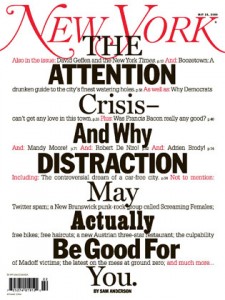
In the end I voted for the macaw; but I now feel bad, like I gave New York “the bird.” But then, once I saw the Audubon cover, I started thinking about Fred, the blue & gold I almost bought years ago, and was distracted… Which is contrary to the “why distraction may actually be good for you” story New York was illustrating, so things may have ended as they ought to have… But my distraction was not good for you, New York.
While I enjoyed Stephen Colbert and Jon Stewart’s Entertainment Weekly cover, when it comes to Best Obama Cover, the clear choice — the only choice — is the May 3, 2009 cover of The New York Times Magazine. This incredible portrait of an intelligent, concerned & pensive man was neither posed nor done in a studio.
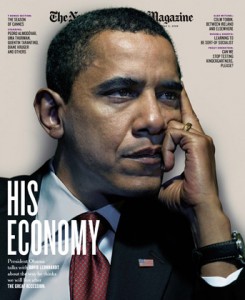
It’s a good thing for Angie & Vanity Fair that this cover wasn’t an option for Sexist cover; bad thing for me though — this photo of Obama makes me hot.
The Colbert & Stewart cover got my vote for Best in Entertainment & Celebrity, though. (And with Colbert’s Nation behind him, there’s no doubt it will win at least one of the categories; let’s hope it’s this one, not Best Obama cover.)

Real Simple (June 2008) got my vote for Best in House & Home.
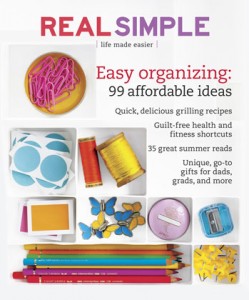
That, my friends, is the dream of all dreams. Forget your fancy artistic homes that you know are no more livable than the fashion fantasy cover of Drew Barrymore underwater, organization like that is something far more compelling… It’s functional beauty. I hope. It’s a nirvana I’ve long imagined… Especially when searching for that mauve pencil — one that’s not too pink, not to lavender, but mauve.
Andy Anderson’s photo is so incredible, that I quickly voted for it as Best in Lifestyle — it wasn’t until I was here, blogging, that I realized I voted for Garden & Gun (December 2008/January 2009). Garden & Gun?! That’s a magazine?! It sounds more like some word association game held by college dorm dwellers passing a joint… But, uh, OK. And pass the Cheetos, please.
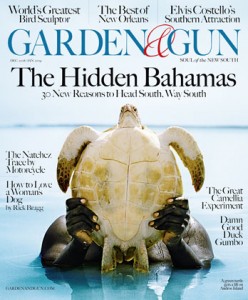
The last category was Best in Sports & Fitness. As a sedentary blogger, the most exercise I get is walking to the mailbox & carrying my magazines back to the house, so what do I know?
In the end, I voted for the Sports Illustrated cover, bypassing more beefcake — Justin Timberlake on the cover of Golf. I could argue that golfers get about as much exercise as I do, or that I the SI cover had two nearly-bare male bods; but honestly, I just wanted to start organizing my desk so that it would look like the cover of Real Simple.
Now it’s your turn; tell me who you voted for in Amazon’s Best Magazine Covers Contest. (Or at least just vote — you could win a $10,000 Amazon.com gift card!)

